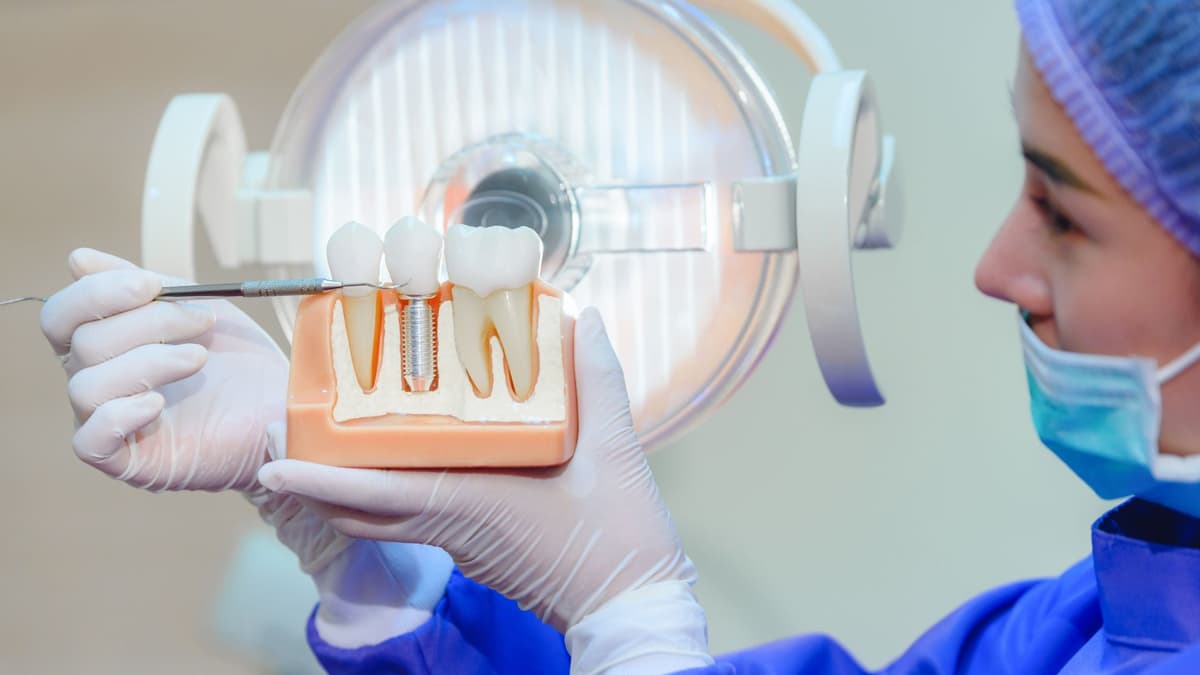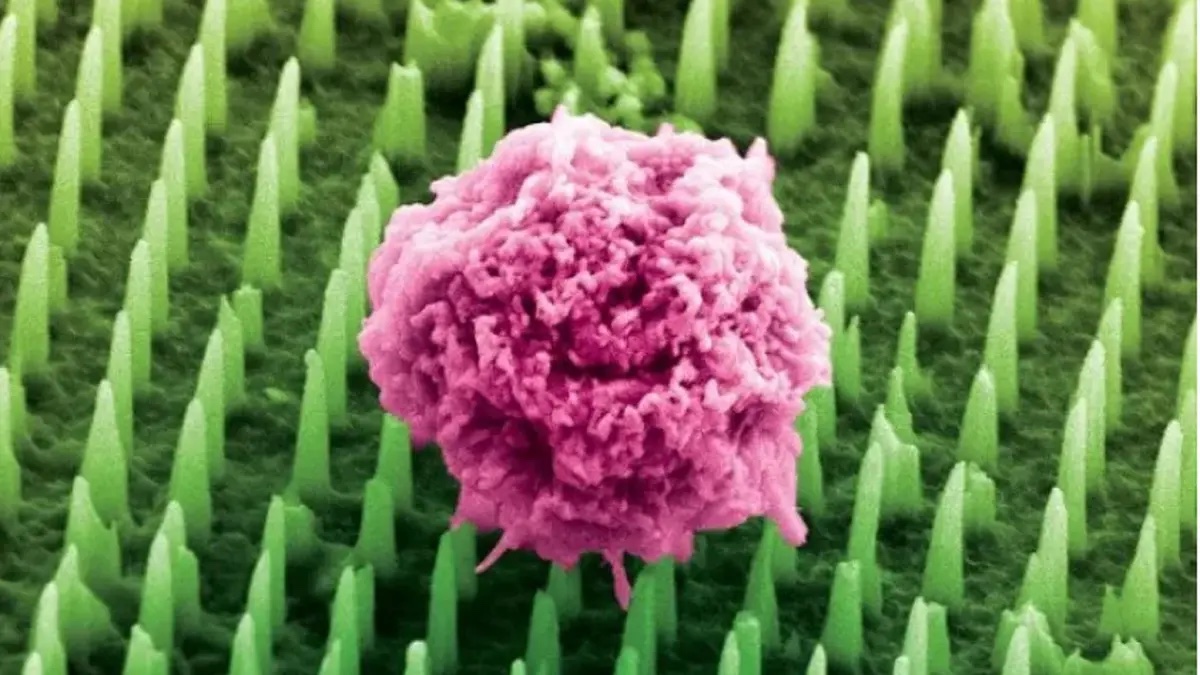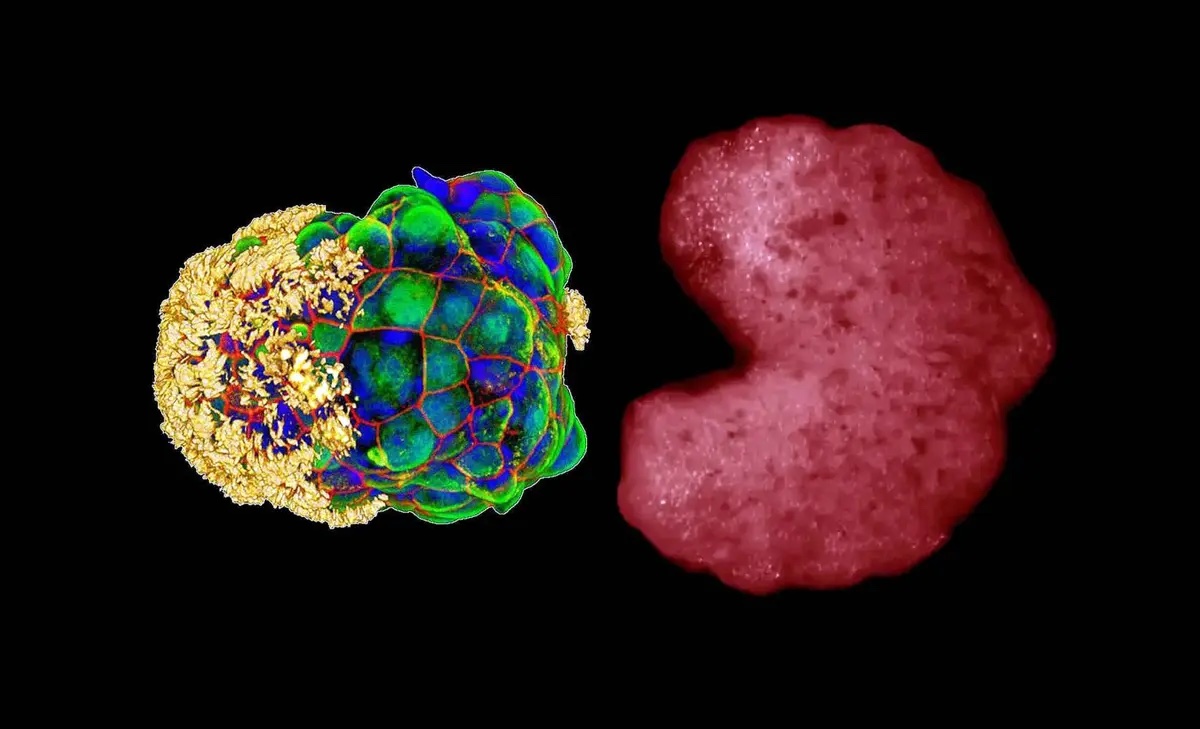Sticky compounds found in okra and fenugreek, the same substances responsible for okra’s sliminess and fenugreek’s gel-like texture, may offer a powerful new solution for cleaning polluted water. Scientists have found that natural extracts from these plants can effectively capture and remove microplastics—tiny plastic particles that contaminate oceans, rivers, and even drinking water.
Recent research published in ACS Omega revealed that extracts from okra and fenugreek can eliminate up to 90 percent of microplastics from ocean water, freshwater, and groundwater. The team, led by researcher Rajani Srinivasan, has been focused on developing safe, plant-based approaches to remove pollutants from water systems.
Continue reading… “Plant-Based Powders Show Promise for Microplastic Removal in Water”












